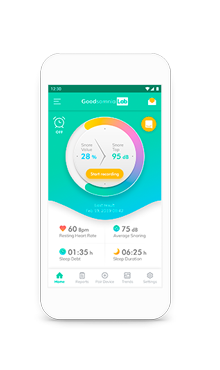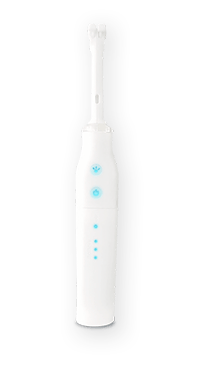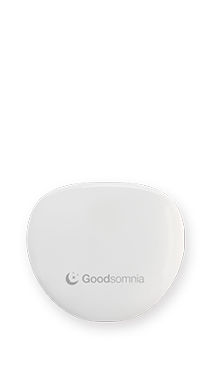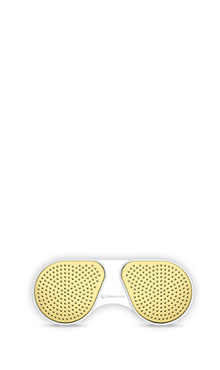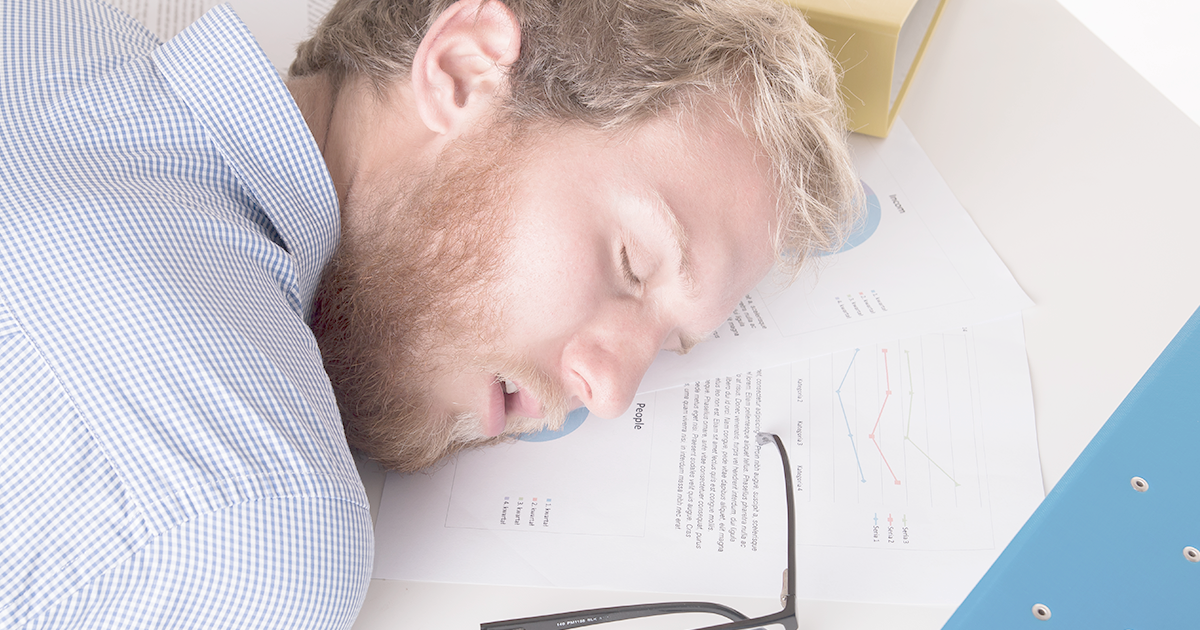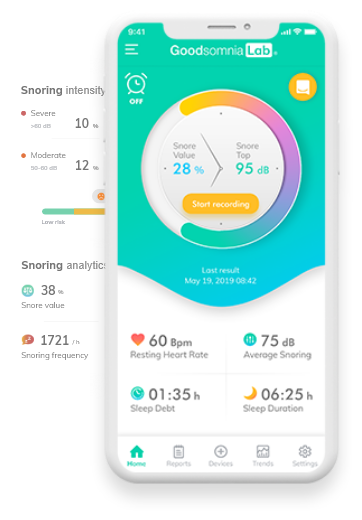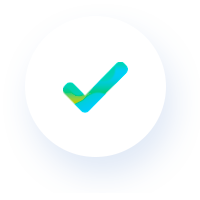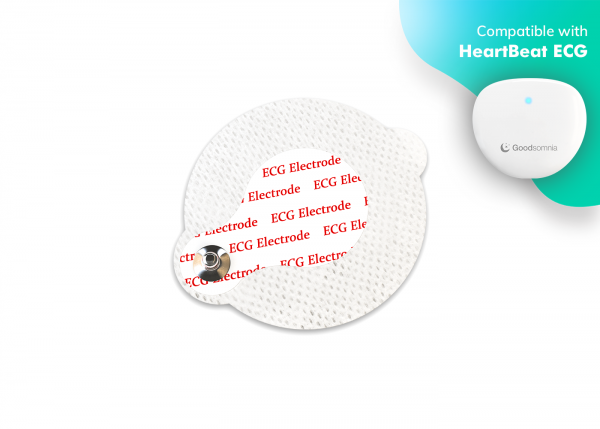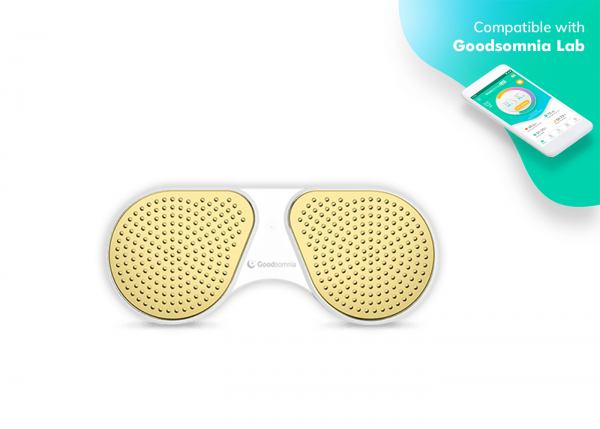The power of sleep is endless. We sleep not only to have a rest, but to restore the body and brain. During sleep, our body is as active as if we run a marathon. Muscles grow, tissue repairs, brain works, protein synthesis, and growth hormones are released. Healthy sleep is key to a harmonious life and overall well-being. So let’s understand more about some sleep disorder – sleep apnea. What is apnea sleep disorder, its symptoms in adults and children and how to treat it? Here are all the answers.
What causes sleep apnea
The Greek word “apnea” means “without breath”. If a person experiences breathing cessation for more than 10 seconds it’s the first sign of the disease. This happens mostly as the air can’t easily pass through the throat, the tissues start vibrating and a person starts snoring. That’s why the most visible signs of sleep apnea is loud snoring. Snoring is one of a list of apnea sleep symptoms. They may differ according to sex and age, and we’ll tell you more about the symptoms later, and sleeping apnea treatment.
To prevent sleep apnea, let’s focus on the risk factors and what causes sleep apnea.
- Overweight. Extra pounds increase the chance that fat starts to accumulate in the neck area and obstructs breathing
- Middle age. Muscles are less elastic and this can cause snoring
- Male gender. Men are mostly at risk
- Hypertension. People with heart disease and high blood pressure tend to have sleep apnea.
- Alcohol. Drinking a large amount of alcohol or other depressants relax the throat muscles and may cause sleep apnea snoring.
- Heredity. Sleep apnea is heredity.
Signs of apnea in adults
The older we become, the more common sleep apnea is. Sounds like a threat but it’s not. Usually, people consider loud snoring as the only sleep apnea symptom. The truth is not all people who snore have sleep apnea. To distinguish normal snoring from sleep apnea snoring we should take an all-round look at the problem. That’s why we have prepared a list of sleep apnea signs. To quickly detect sleep apnea in adults, symptoms are a must to know. Here’s what are the symptoms of sleep apnea in adults:
- sore or dry throat in the morning
- choking and gasping sensation after sleep
- lack of energy, fatigue, depression, morning headache
- forgetfulness, decreased interest in sex
- insomnia
- restless leg
Signs of sleep apnea in children
Sleep apnea in kids is very rare. According to the National Sleep Foundation, around 10% of children snore every night. It means we should pay great attention to our children not to miss the first signs of sleep apnea. Often and loud snoring, gasps, bedwetting, sleepiness, poor attention are the signs of sleep apnea in toddlers you can easily notice. As adults, not every child who snores has sleep apnea because the reason of snoring can be different. If you have difficulty on how to tell if your child has sleep apnea, take a look at these most common reasons of snoring:
- enlarged adenoids or tonsils
- respiratory infections (a cold, flu) or seasonal allergies
- asthma
Check them out first, consult a doctor and take action to remove all the possible triggers of a snore. Once the reason is figured out, a doctor can say whether a child has sleep apnea or not.
Treatment of sleep apnea
Being aware of the problem is only 20% of success, the rest is treatment. Sleep apnea treatment isn’t a one-pillow-solution, it will take time and effort. Here’s our hands-on guide.
What to do for adult with sleep apnea:
- avoid alcohol drinking and smoking
- go on a diet
- change sleeping position
- monitor sleep and snoring using mobile applications
What to give an adult with sleep apnea, who experience exacerbation:
- CPAP (Continuous Positive Airway Pressure). The device fits over the nose or mouth to keep airways open.
- Therapy. Using the device that stimulates the muscle, toning the soft palate, making them stronger.
- Positional therapy. The behaviour changing device fits around the waist or back to keep sleeping in the side position.
What to do for child with sleep apnea:
- Add a pillow to open up breathing passages
- Remove the allergy agents
- Go on a diet
- CPAP treatment
- Stop-snoring devices that stimulate the muscle

